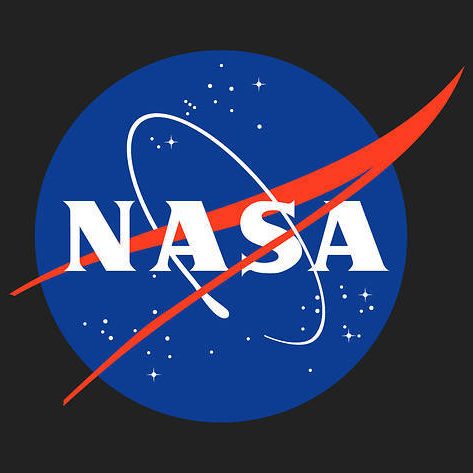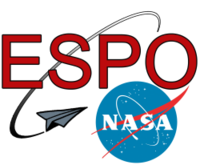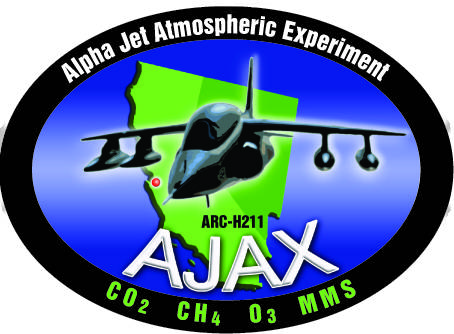Overview
The Airborne Sensor Facility (ASF) at NASA Ames supports a variety of airborne research activities for the NASA Earth Science Division. It conducts engineering development of remote sensing instrumentation and real-time payload communications systems, and supports their operational use on science field campaigns. The ASF maintains a suite of facility instruments that are made available for use by NASA-approved research projects, with all resulting data being made available free of charge through public archives. These data are typically used for fundamental earth science process studies, satellite calibration and validation, development of retrieval algorithms, and disaster response.
The ASF is staffed by members of the Bay Area Environmental Research Institute (BAERI) under the ARC-CREST Cooperative Agreement. To learn more about the BAER Institute, please visit the BAERI website.
Capabilities and Services
Facilities Sensor System
The ASF operates a suite of facility instruments that are used for Earth Science process studies, satellite calibration and validation, and algorithm development. The data are used by a variety of multi-disciplinary science programs to monitor variation in environmental conditions, assess global change, and respond to natural disasters. Current instruments include eMAS, MASTER, PICARD, and DMS/DCS Cameras.
Airborne Sensor Network Development
The Sensor Network is a key enabling technology for airborne science, extending real-time sensor webs to the core NASA science aircraft. It is intended to leverage simultaneous but independent supporting measurements, and to maximize science return from complex and expensive multi-aircraft science campaigns. When coupled with the web-based Mission Tools Suite, it enables interactive mission re-planning and flexible experiment design; and allows investigators to take full advantage of new sensor technologies (e.g. “smart” and/or reconfigurable sensors.)
View next-generation aircraft hardware
Payload Integration Engineering
Cross-center airborne instrument integration support with mechanical, electrical, and software engineering services. We also provide services in Flight Planning, Mission Coordination, Investigator Liaison, Post-Flight Data Evaluation, and Data Processing.
Optical and Infrared Calibration Laboratory
The Optical and Infrared Calibration Lab is responsible for the characterization of Earth-Viewing Sensor Systems in support of EOS Investigations, operating under the auspices of the EOS Calibration Scientist. Specially designed for airborne instruments, it conducts spectral and radiometric characterizations in the visible and infrared region, with a range of 350 nanometers to 14 microns.































